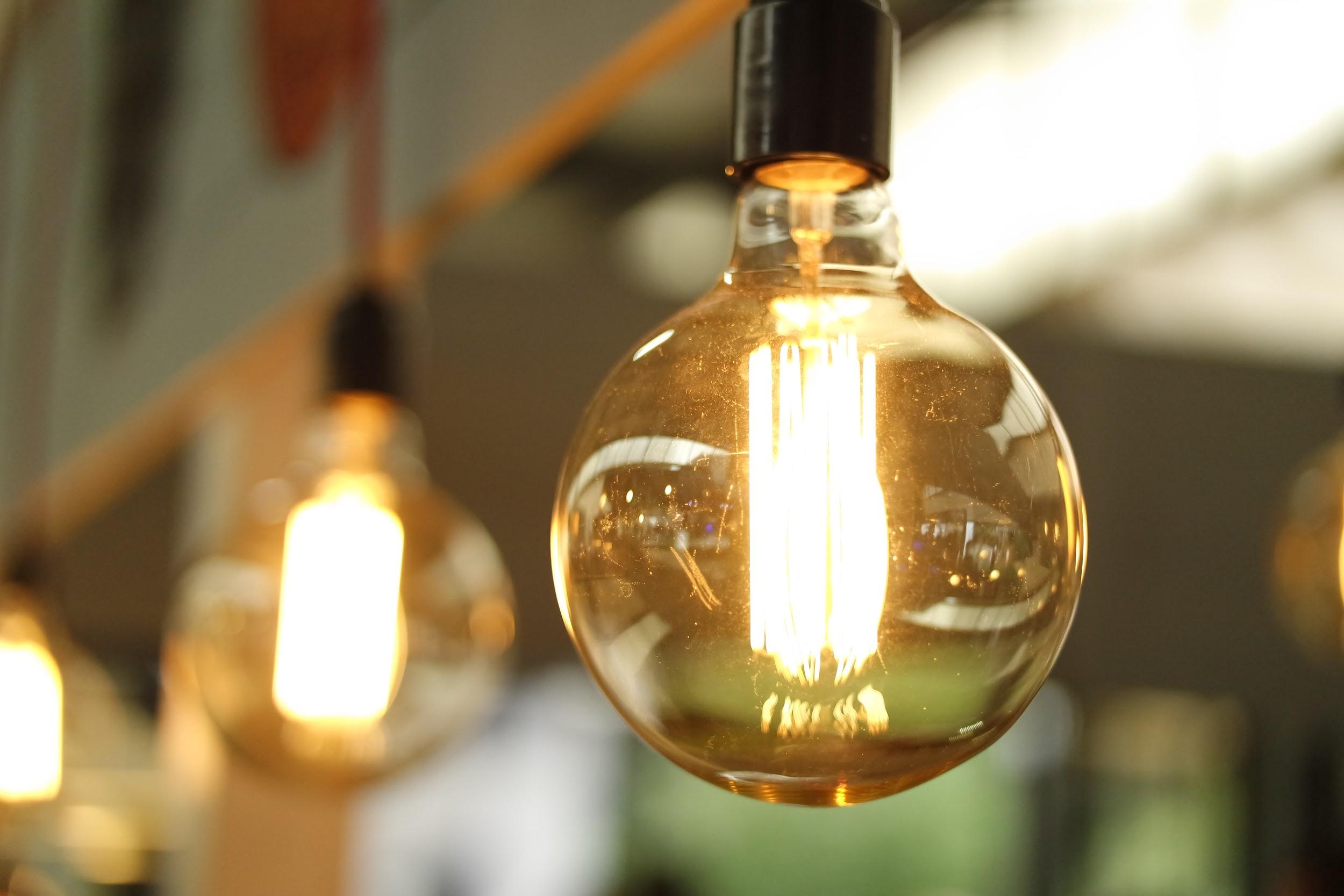There are plenty of reasons why you should want to make your home more energy efficient. First and foremost, it will save you a lot of money in the long run, and improve your return on investment when you sell. Secondly, it will help reduce your carbon footprint and have a positive impact on the environment.
So, where should you start? There are many things you can do to make your home more energy efficient. Here are some of the best ways to get started.
Remember to Turn Things Off
It may not seem like much, but turning things off when they aren’t in use can make a significant difference in your energy consumption, and subsequently, your power bill. For example, shutting the water off while brushing your teeth, turning it back on only when you need to rinse, can save up to 200 gallons of water each month.
Take this a step further and plug your computer, lamps, television, and other small appliances into a power bar. When not in use, shut the power bar off. This will reduce the flow of energy and consumption when things are not in use.
Get Radiant Heating
Using baseboard heating is expensive and underwhelming. A wood or pellet stove does wonders in a confined area, requiring fans to distribute the heat throughout the house. According to EZ Heat Zone, radiant heating is one of the most energy efficient ways to heat your house, as it distributes warmth evenly from the ground up.
Installing radiant heating also gives you the opportunity to put insulation in your floors, a feature which is often missed during older home construction. This can further impact the energy efficiency of your home.
Plant Some Trees
Believe it or not, what happens in your yard can greatly impact the energy efficiency of your home. Trees act as barriers against cold, winter winds. In the summer, your house will benefit from the shade they provide as a barrier to the sun. Both of these can have a significant impact on the temperature inside your house.
If your house is close to the power lines or you don’t have room for trees, large shrubs can also make a difference. Look for holly bushes, juniper, and dogwood to plant in your yard and help deter strong winds. Work with a landscape architect to use vegetation in your yard to funnel cool breezes toward your house.
Reduce Water Temperature and Flow
By reducing your water temperature and flow, you’re limiting the energy used to heat the water and push it through the taps, as well as the amount of water used over time.
Many water heaters have an adjustable heat setting. We tend to leave it on the highest setting so we can have extremely hot water on demand. However, it’s usually too hot to wash one’s hands or to shower, so we turn the cold water on to offset it. Instead, adjust it at the source and limit the energy used to heat it in the first place.
Low flow toilets ensure that you aren’t using more water than required when flushing. Taps with the same goal may reduce your water pressure slightly, but have a positive impact on your consumption and water bill.
Replace Your Lightbulbs
When CFL light bulbs first hit the market, they were a tough sell. Many flocked toward their promises of reduced consumption, only to be deterred by the coolness of the light and the almost imperceptible buzzing sound they make. Now, CFL bulbs come in a variety of color options, appealing to greater markets.
Replacing your light bulbs with CFL bulbs can help reduce your energy consumption and your power bill over time. Taking small steps today will have a significant impact in all of the tomorrows. Making your home more energy efficient will go a long way to making the world a longer lasting place.

